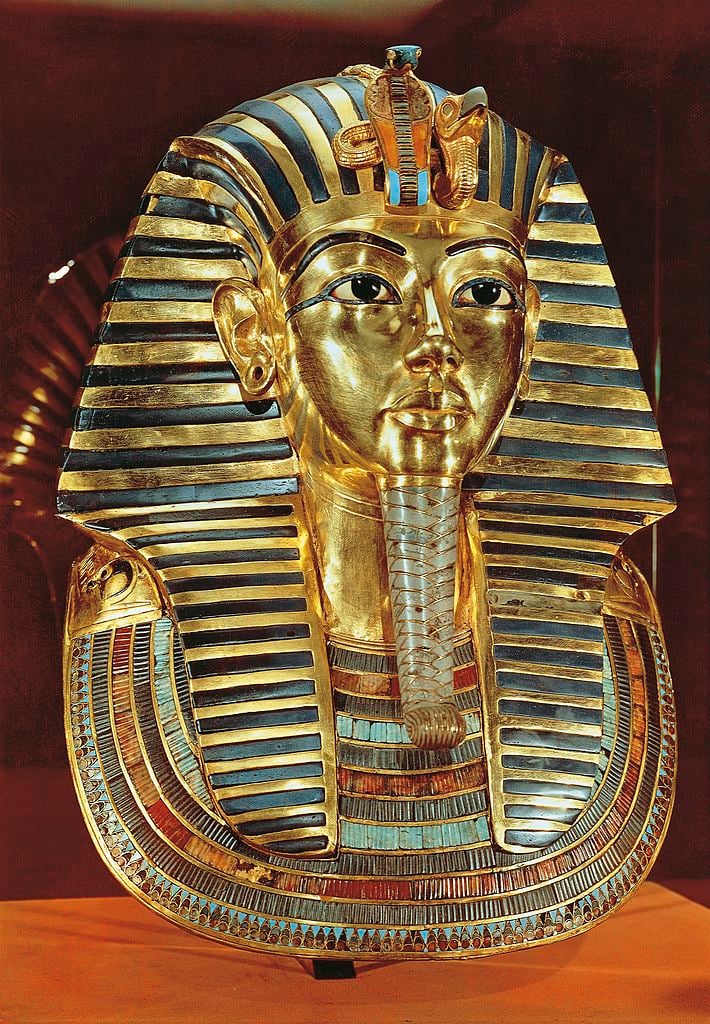Art World
Egypt Bets on Art Tourism to Save Ailing Economy


Henri Neuendorf

The Egyptian government has recently invested heavily into the renovation and restoration of its ancient cultural sites in an effort to turn around an ailing economy, traditionally relient on tourism and struggling to recover in the wake of the Arab Spring. Art Daily reports that two completed projects have been unveiled in the last week.
On Sunday, archaeologists in Luxor presented a restored giant statue depicting the Pharaoh Amenhotep III walking. The statue, which was re-erected at the northern gate of the ruler’s funerary temple, is standing for the first time since crumbling in an earthquake 3,200 years ago. Scientists pieced together the 110-ton statue from 89 chunks and several hundred of fragments. It now stands next to another effigy of the king, unveiled last spring.
“These are up to now the highest standing effigies of an Egyptian king in striding attitude,” Hourig Sourouzian, head of the restoration project, told Art Daily.
On Monday, Prime Minister Ibrahim Mahlab unveiled four newly renovated rooms in the Egyptian Museum’s Tutankhamen gallery in Cairo. The halls feature the boy-king’s mummy alongside various treasures that were excavated from the monarch’s tomb, left untouched until 1922.
James Moran of the EU’s delegation in Cairo told Art Dailythat the restoration of the iconic institution “is fundamental for the economy.” The EU has pledged €92,000 ($115,000) towards the redevelopment of the Egyptian Museum, which holds the largest number of Pharaonic artifacts in the world.